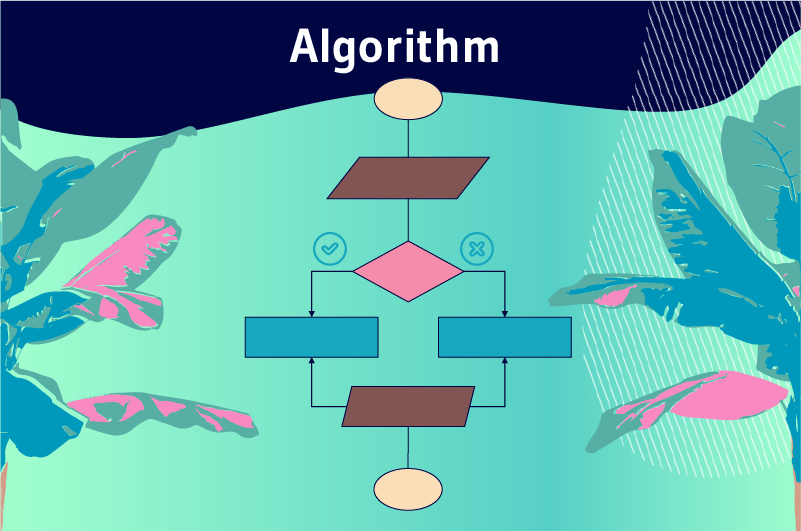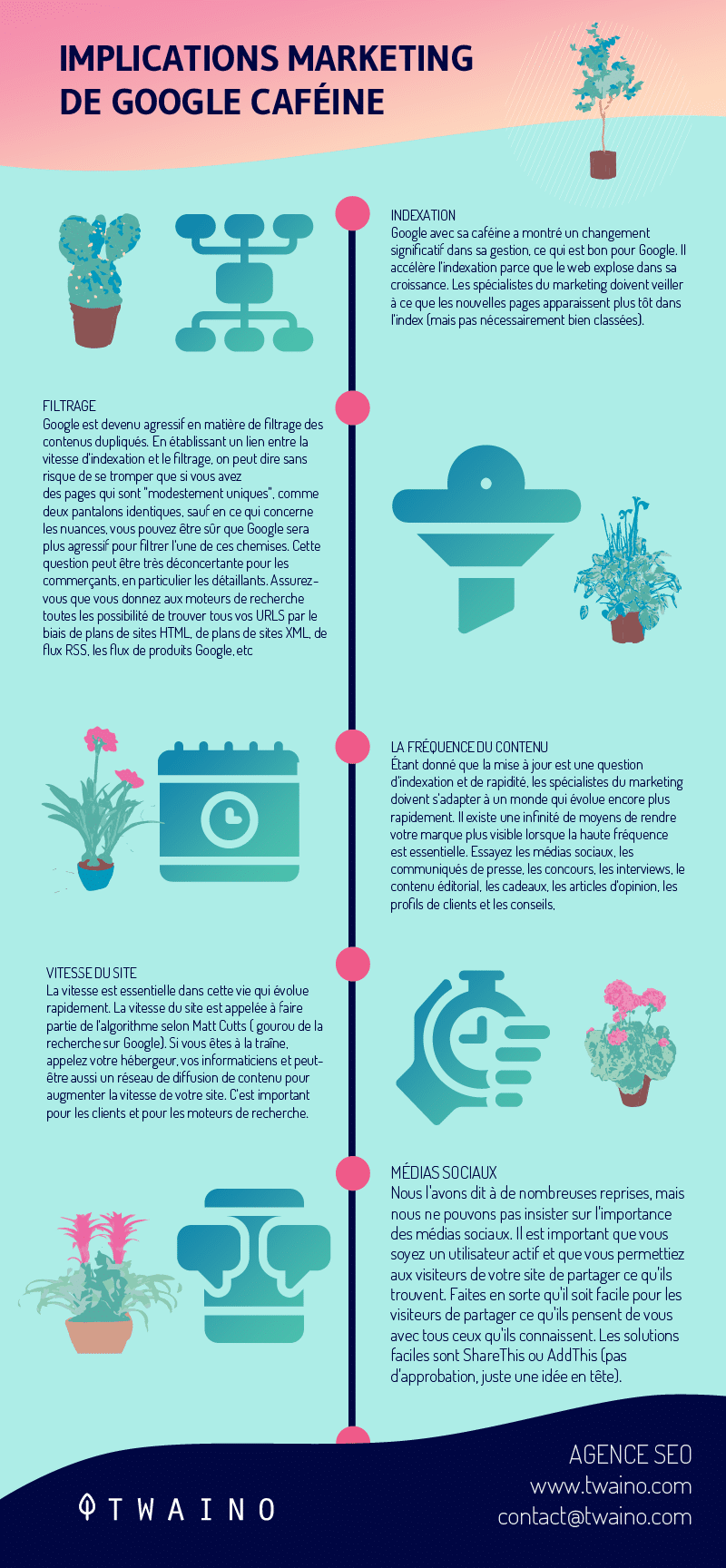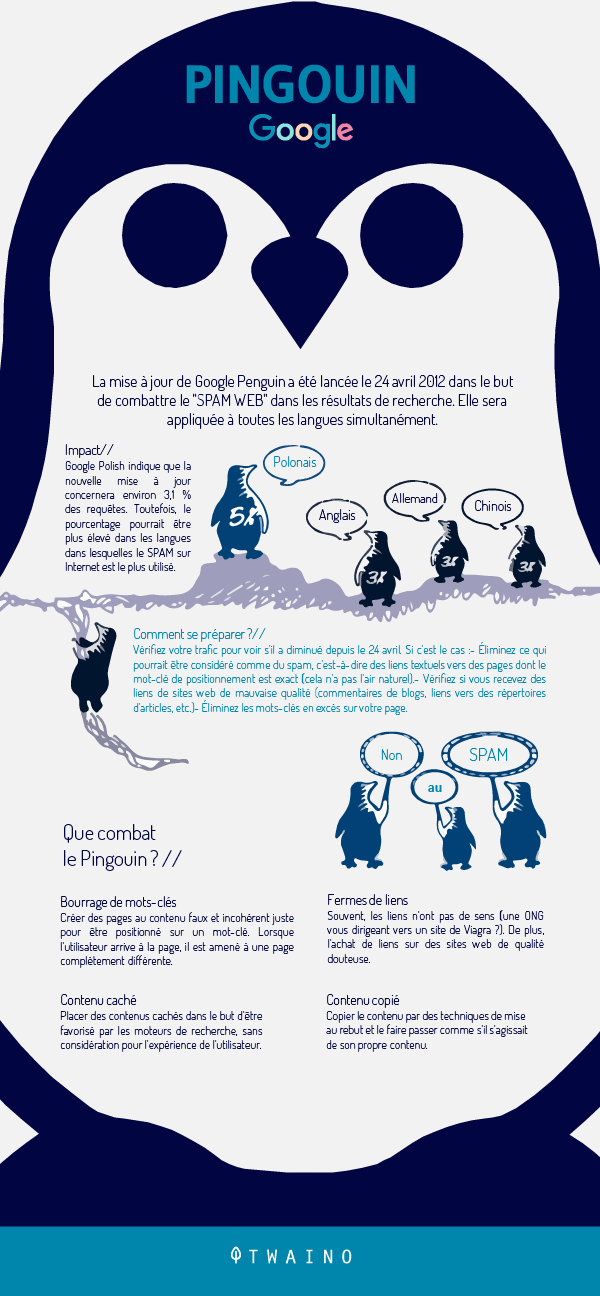The term algorithm can be defined as a set of instructions designed to solve a given type of problem. At Google, algorithms are a system set up to search for and provide the best results for a query
In order to better answer all the questions submitted to it and to satisfy Internet users, the Google search engine improves its system as much as possible
In particular, thanks to the various updates and improvements of its search engine algorithms.
But :
- What is an algorithm?
- What is its use for Google?
- How does it work?
- What are the main algorithms of Google?
These are some of the questions I will address in the following lines
Chapter 1: What is an algorithm and why is it necessary?
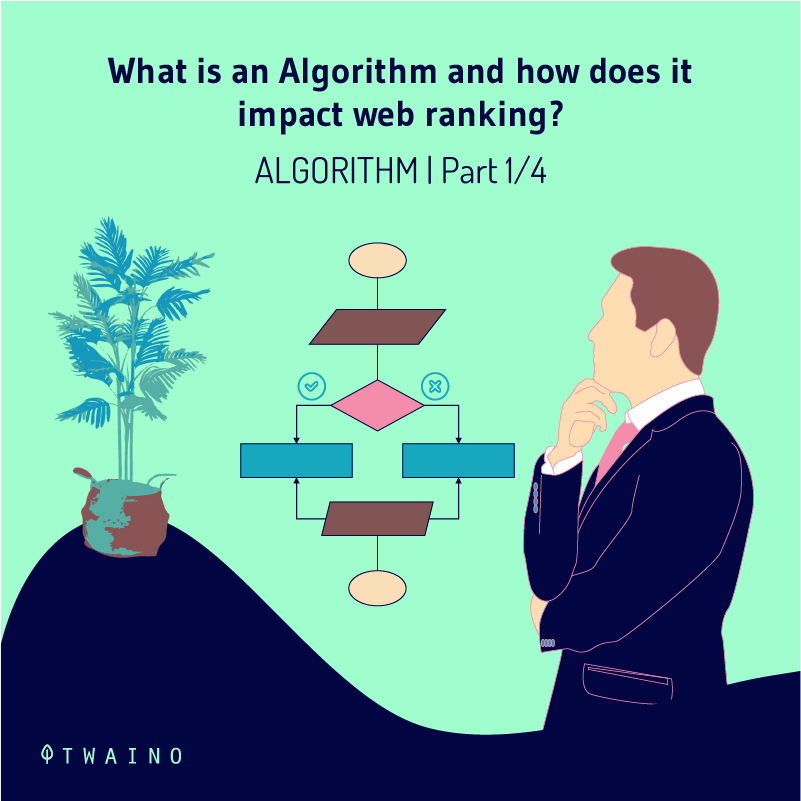
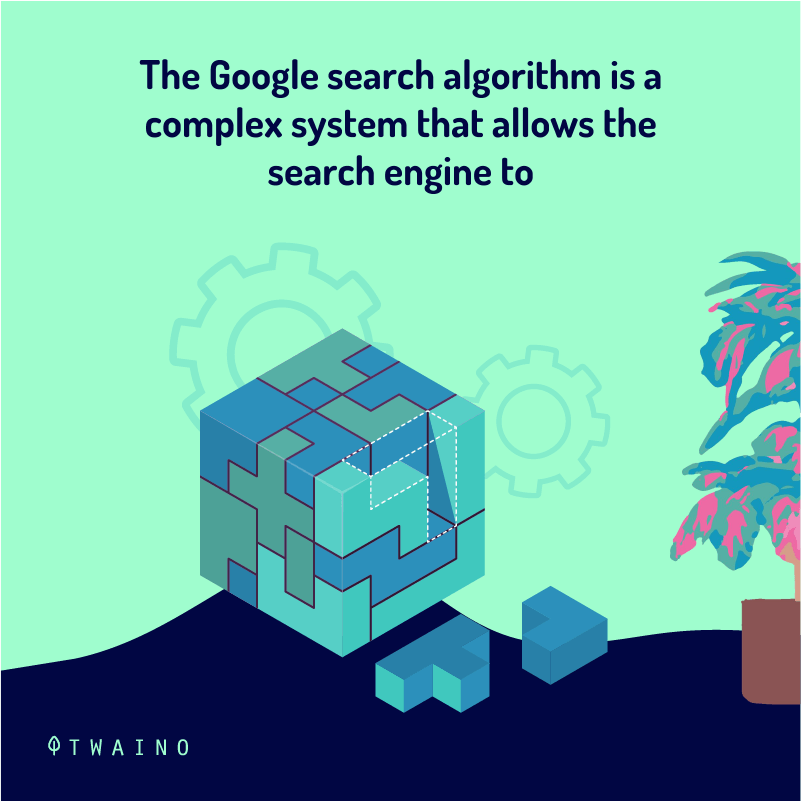

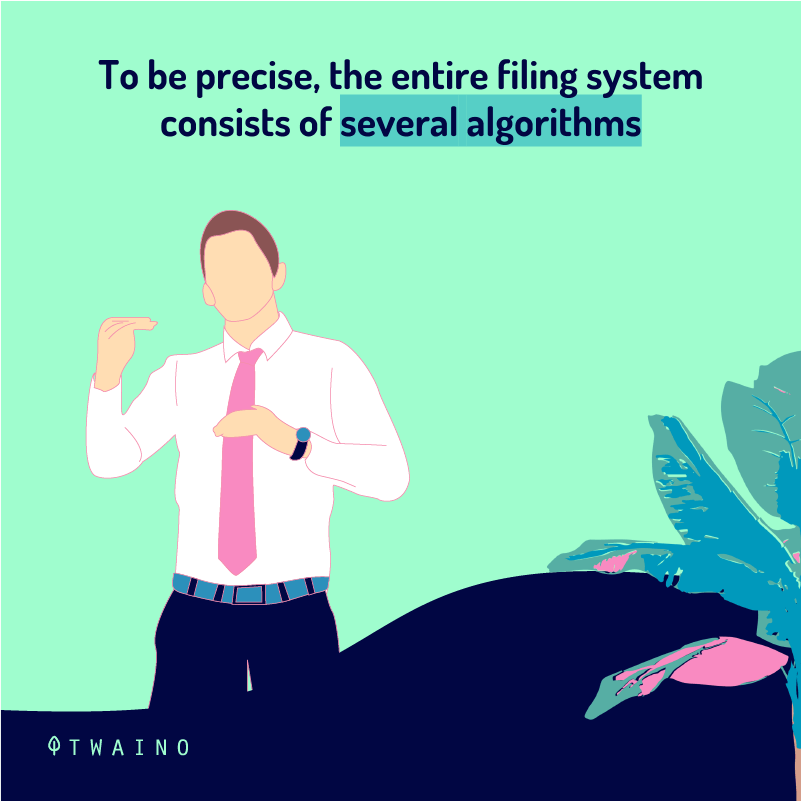


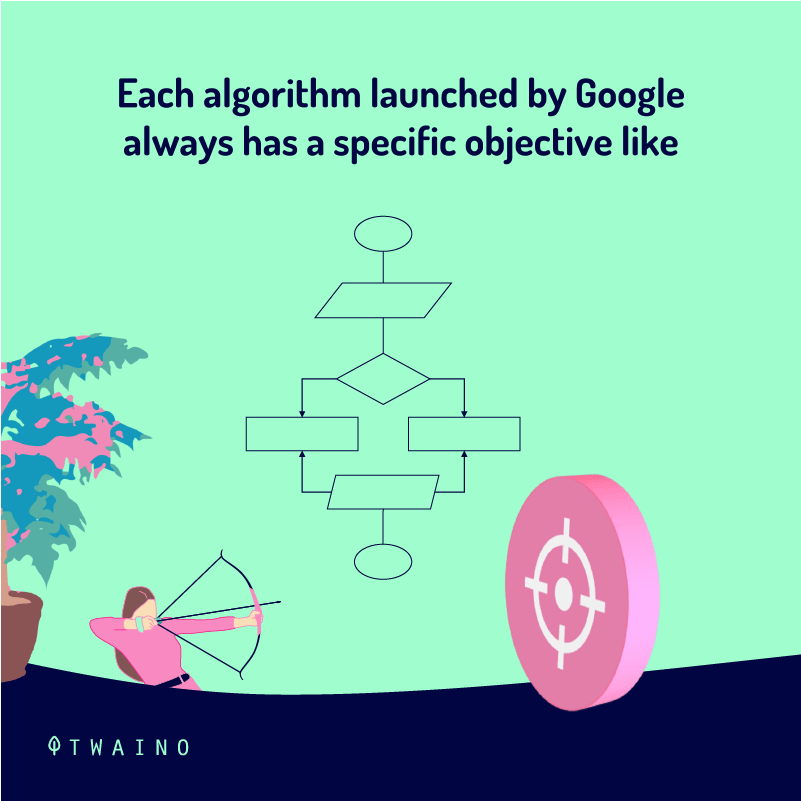

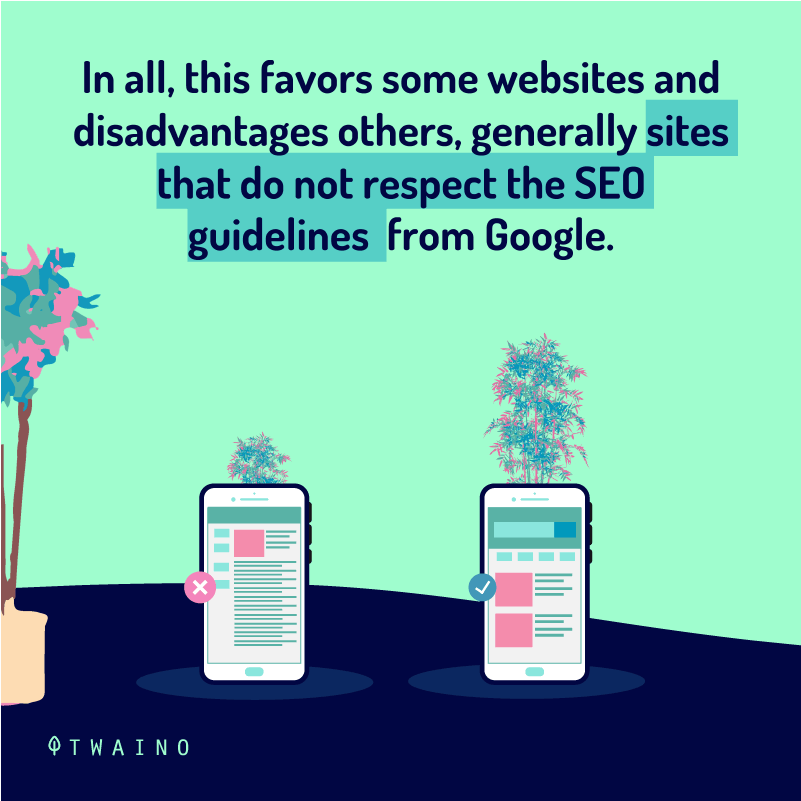

Here, I come back to the explanation of algorithms while emphasizing their usefulness
1.1) What does the notion of algorithm mean?
When you type a query in the search bar, you expect a result.
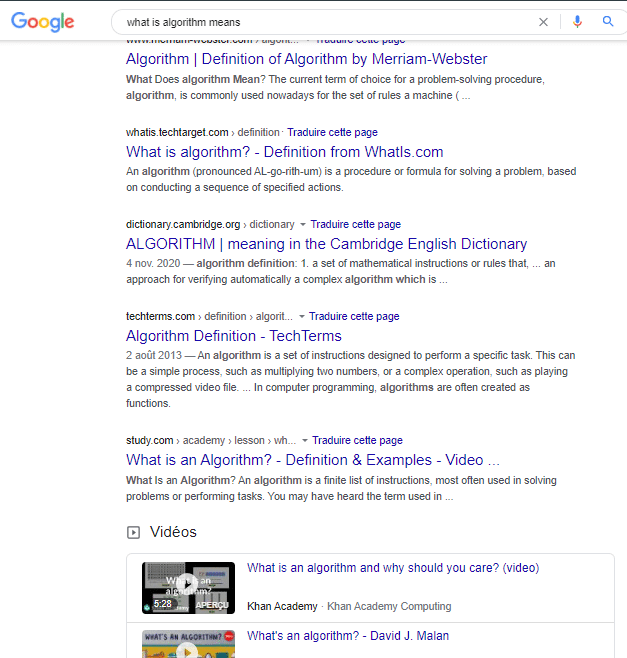
But since you can’t search for the information yourself, a number of instructions have been put in place
So, from the moment you type your query, the keywords it contains are used to search and rank the web pages that deal with your question
As you can imagine, these different instructions are executed with the help of algorithms
At the Google level, the algorithms not only search for web pages that fit your answer, but also rank them
Thus, the ones that are best rated are placed in the first position in the SERPs
The direct consequence of this ranking is undoubtedly the increase of organic traffic to the sites that occupy the first places
Note however that this ranking is not trivial. It is indeed governed by a process. Before discussing this process, let me explain the importance of algorithms.

1.2. Why are algorithms necessary?
To understand the usefulness of the different algorithms that Google has put in place, we should refer to the objectives it pursues. Indeed, the search engine by regularly improving these algorithms hopes
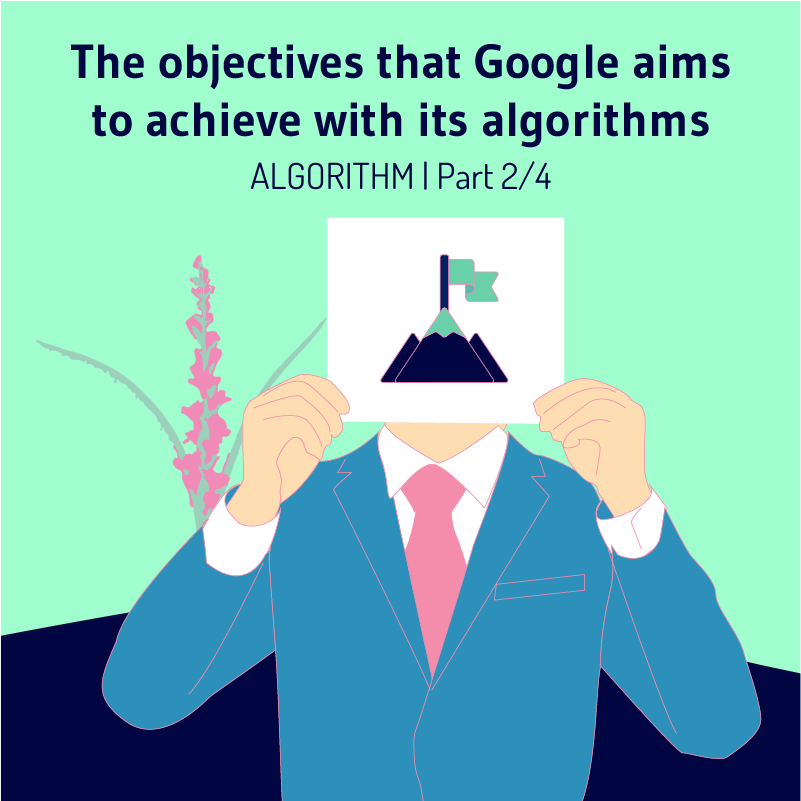
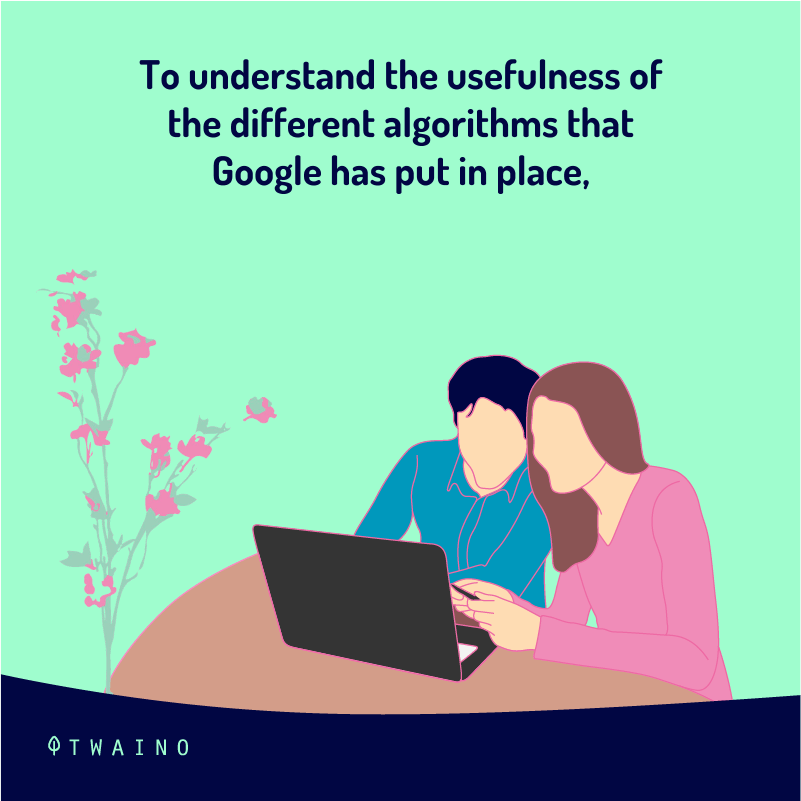


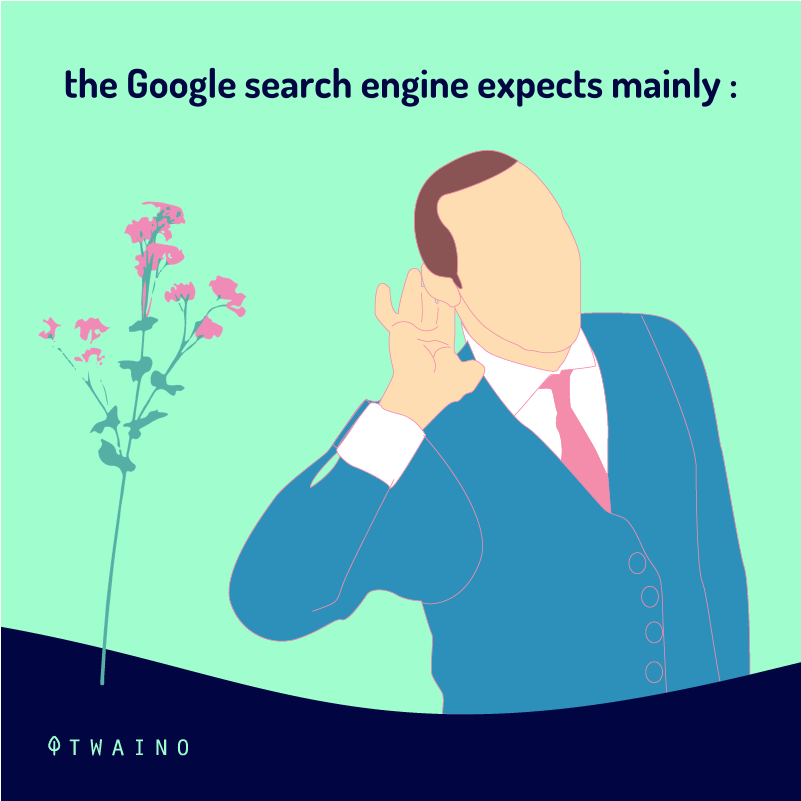
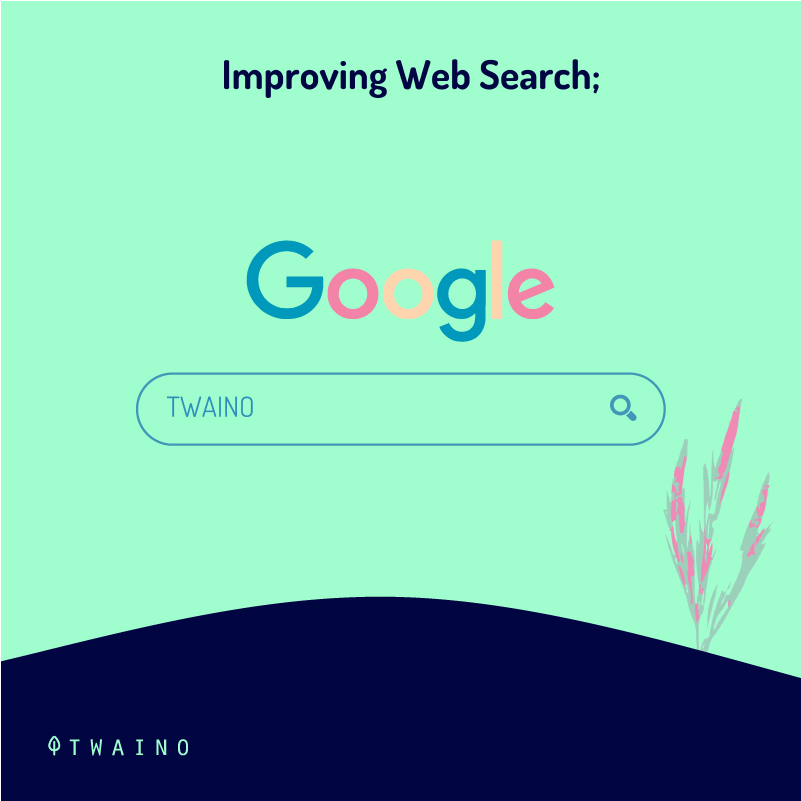



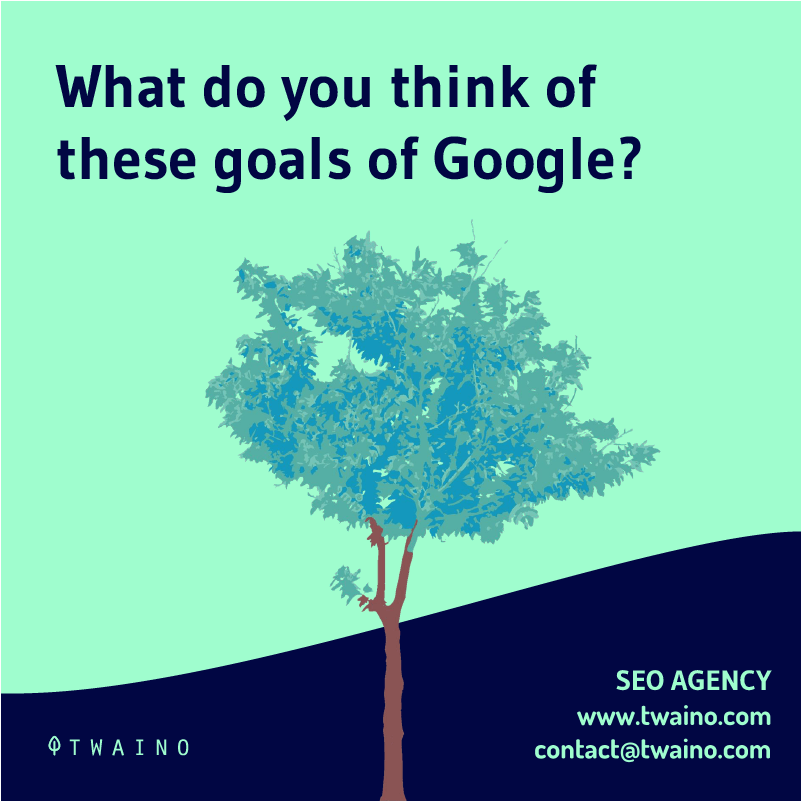
1.2.1. Improve the search
Since users’ needs do not remain static, and change over time, it is necessary that the search engine respond to these new needs.
This is precisely what Google’s google’s algorithms. They allow Google to easily bring new innovations and facilitate the search on the Internet

These algorithms also help to solve difficulties that could prevent users from finding relevant information
This is the case, for example, with the Panda update, which fights against sites that do not offer quality content
1.2.2. Display quality content
As search evolves, Google finds it necessary to expand the factors on which it bases its ranking of websites
From now on, it is no longer a question of establishing the relevance of a site from the links that point to it. It should also look at the quality of the content that this site produces and other factors
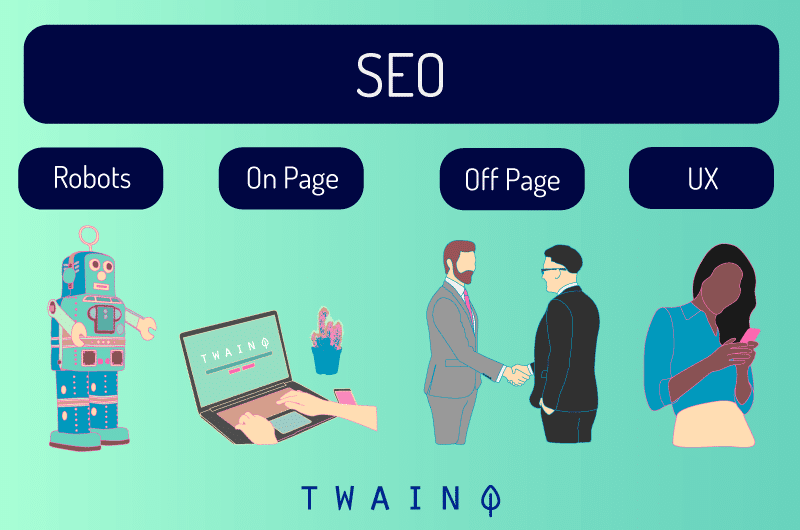
To allow everyone to be on the same wavelength as to the meaning of quality content, Google has given instructions to webmasters through an article that explains what is quality content
The article goes further by recommending certain practices, but also, prohibiting others
1.2.3. Consider the user experience
By improving search and focusing on the creation of quality content, Google intends to answer the questions of the Internet user in a satisfactory way
However, the search intent and the context in which the user is searching should also be taken into account
This is why the display of search results are also influenced by
- The location ;
- The language ;
- Previous searches;
- The device used;
- And so on
Rightly so, we notice that the results are displayed differently from one place to another
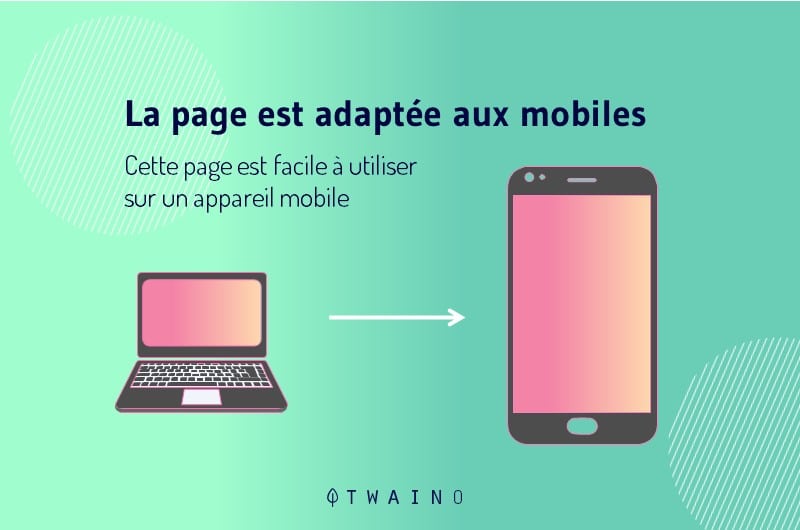
Anyway, we understand that Google does everything to offer results that are :
- Findable ;
- Accessible; and
- Relevant ;
- And usable.
Now that you know what an algorithm is and why they are implemented in the Google search engine, I invite you to know how they work
Chapter 2: How do algorithms contribute to Google search?
In this chapter, I present you the functioning of Google algorithms through the different steps of the display of a query at the search engine level.
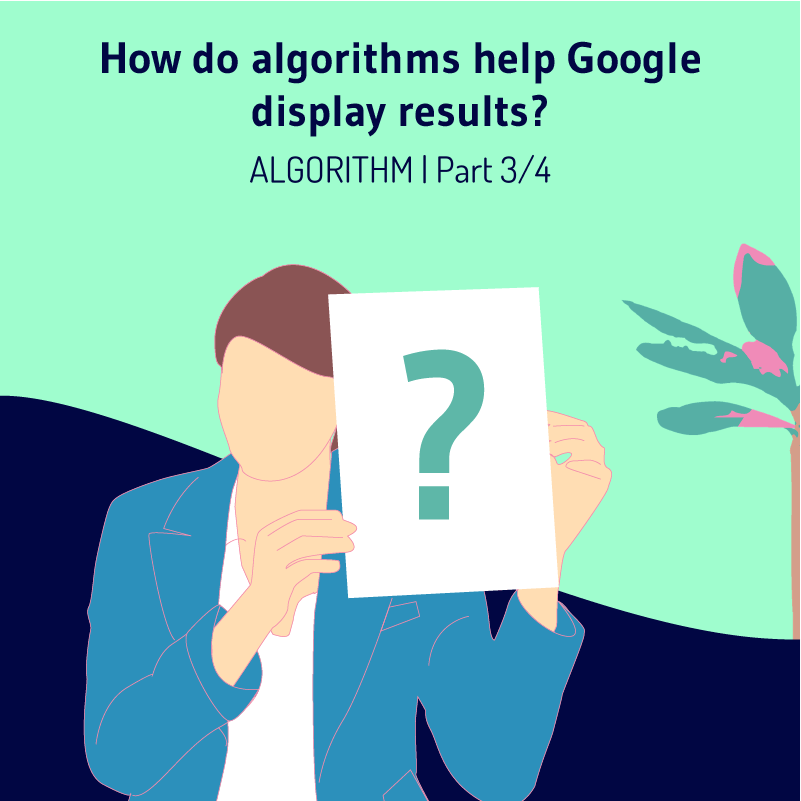
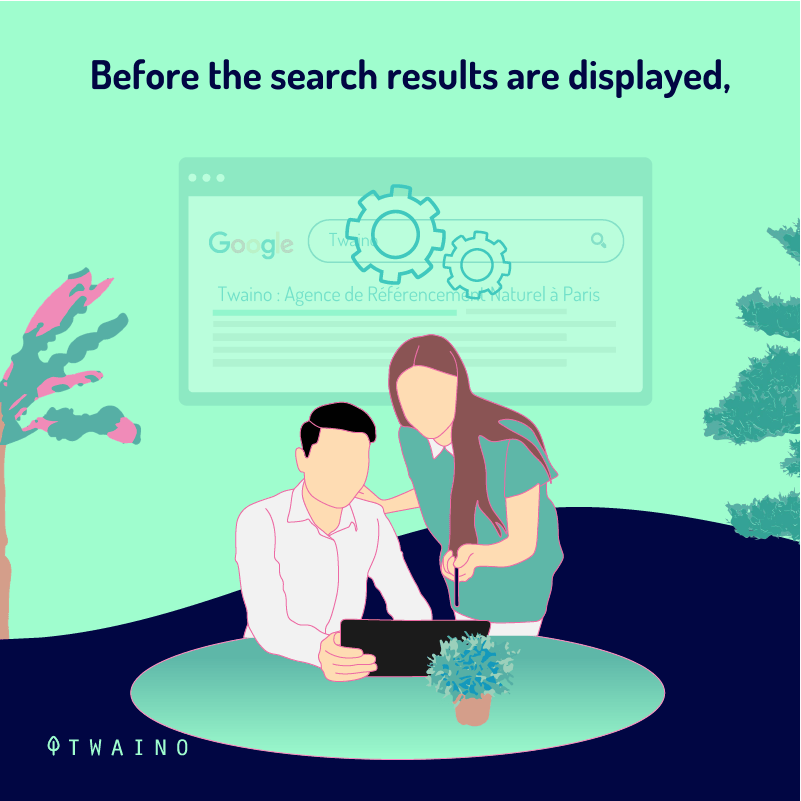
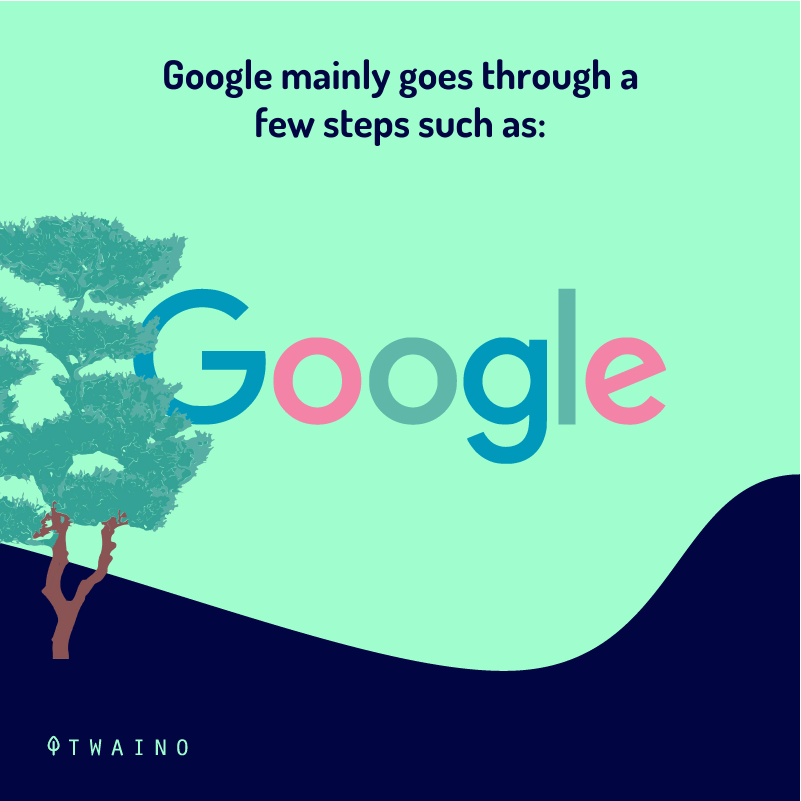
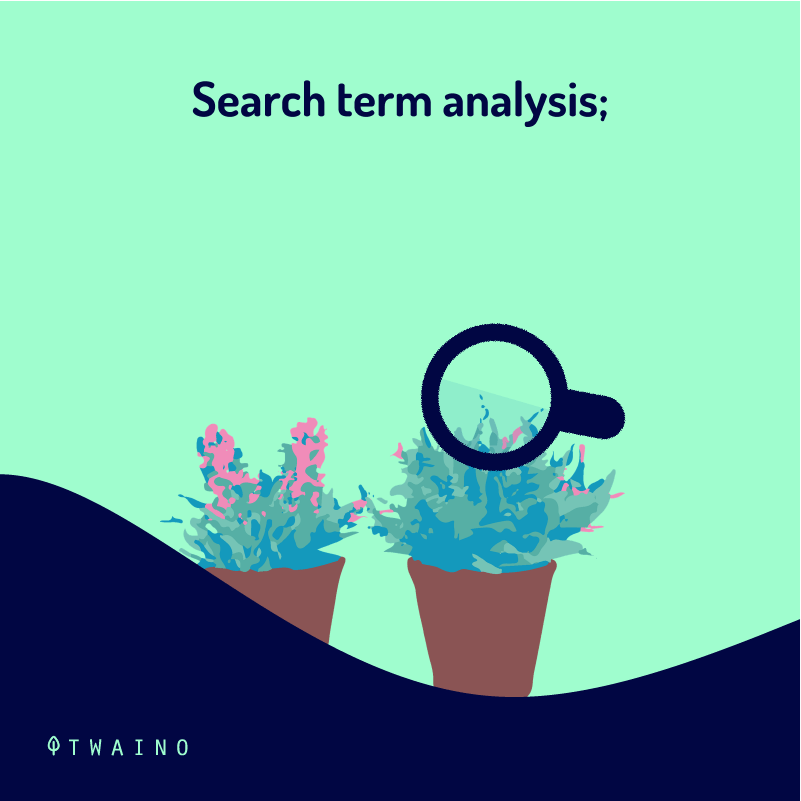
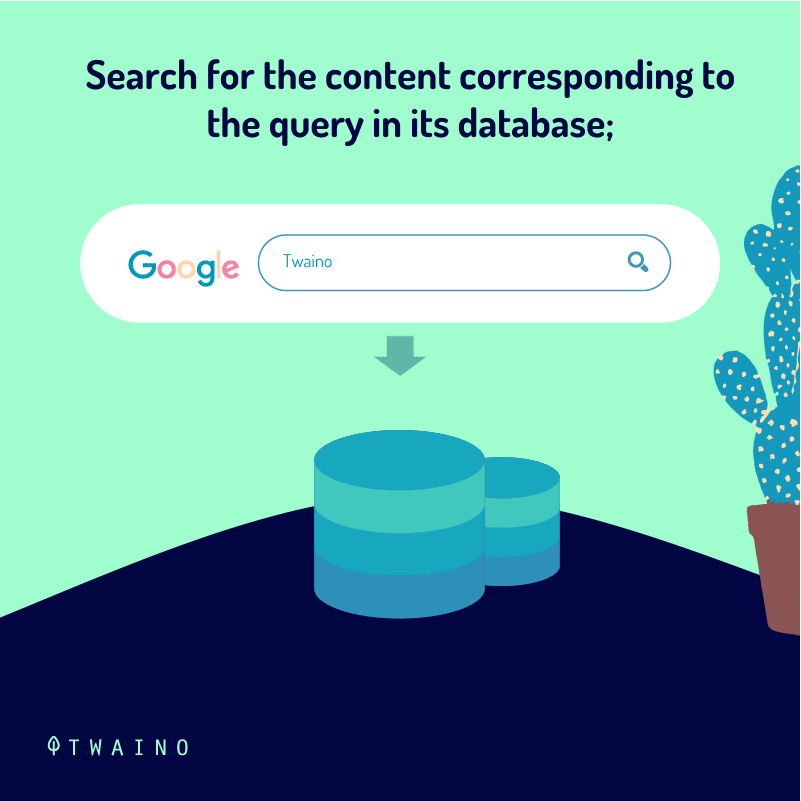

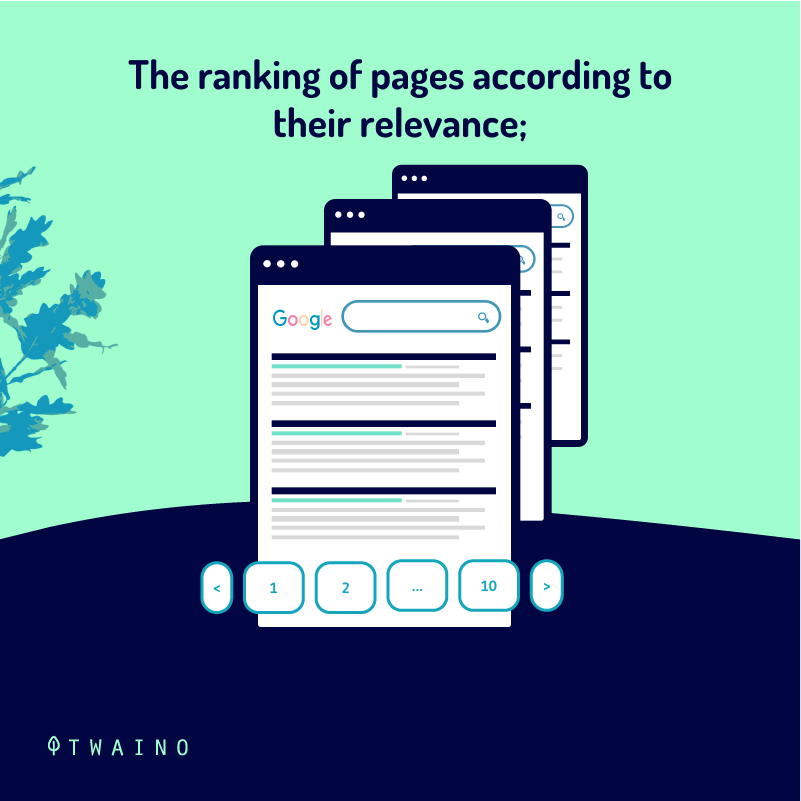
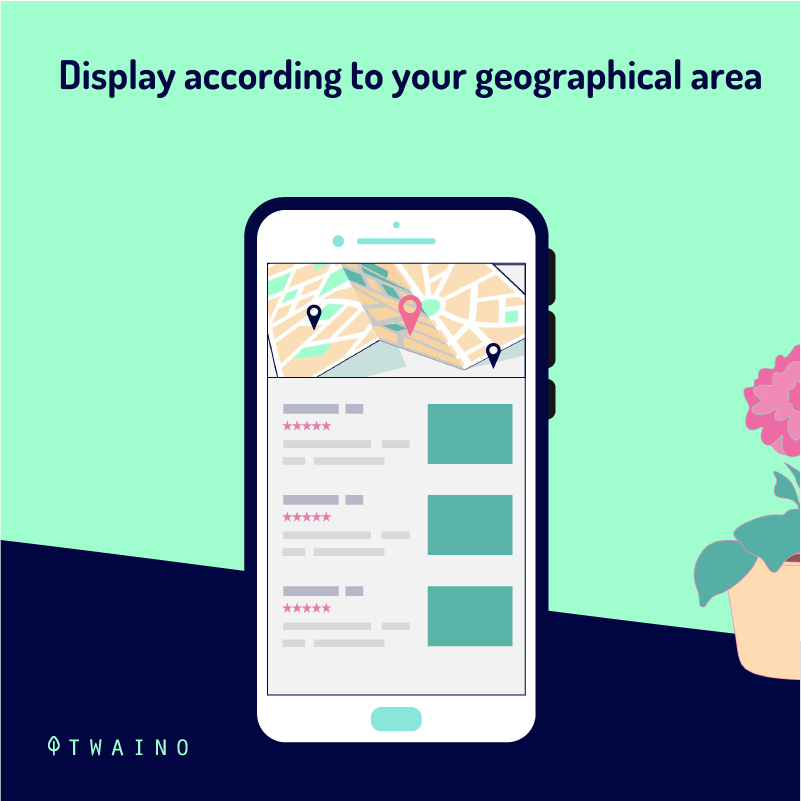


Here are the different steps involved in the display of search results
2.1. Analysis of the search words
The first step in the process of displaying search results is for the search engine to understand the terms of your query
The goal is to understand the meaning of each term you use, but also to identify the web pages that match
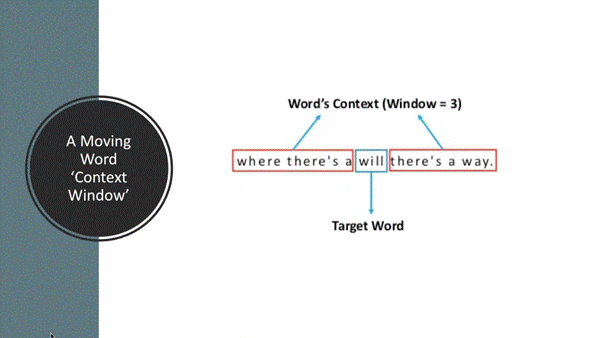
To achieve this, Google has implemented a number of interpretation techniques. These include for example
- Automatic interpretation of spelling mistakes or automatic processing of natural language ;
- The synonym management system to facilitate the analysis of queries with multiple meanings;
- The use of specific words in your query;
- Etc
2.2. Searching for a match between the query and the elements in the index
Once the analysis of the words contained in your query has been understood by the search engine, it determines the pages whose content corresponds to your query
In particular by looking for
- The number of times the most important words in your query appear on the pages;
- The way they are positioned on each page
Indeed, Google assumes that the presence of keywords contained in your query on a page indicates the presence of information related to your query
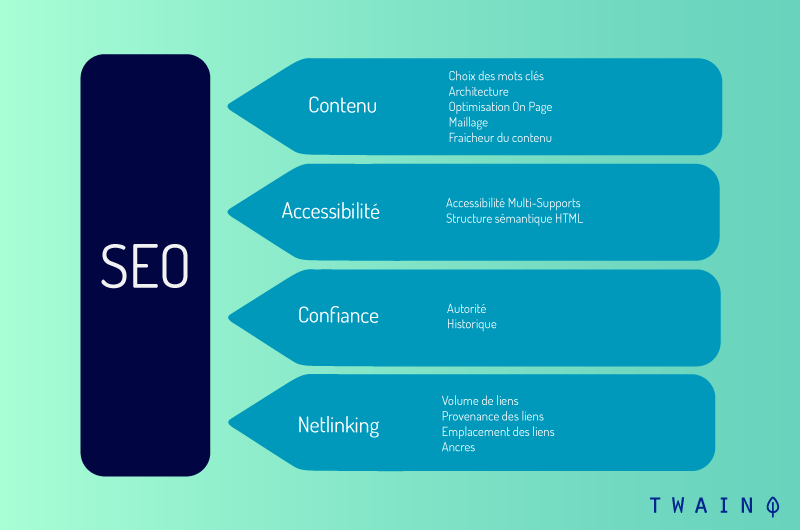
But that’s not all, Google also uses global and anonymous interaction data to evaluate the interest of the results
This data is then transformed into signals and evaluated using machine learning systems. In short, the American giant does its best to identify content that is written in the language of your question
2.3. Ranking pages according to their importance
For one query, there are probably thousands of contents that could interest you. But the objective is to offer you the best results, so Google ranks them.
Indeed, on the basis of more than 200 criteriathe search engine identifies the best pages in relation to your search
These criteria concern among others
- The level of updating of the page;
- The ergonomics of the page;
- The number of users who visit and give credit to the page;
- The links that the page has obtained on other sites

The search engine attaches great importance to all these criteria and for this reason it does not hesitate to share with webmasters the instructions and necessary information they need
2.4. Selecting the best results
Once the most relevant pages are selected, Google identifies whether these pages actually meet the user’s request
It also checks if these pages give a reductive interpretation of the subject to propose elements not only in the formats of your search, but also a plurality of information related to your subject.

Also keep in mind that not everything is based on content, as the search engine checks if the site is designed to offer a good user experience
2.5. Display according to the context in which the search was performed
As you would have noticed, most Google results are displayed :
- According to your geographical area;
- According to your search parameters;
- Or based on your recent search activity.
This is actually why search results are displayed differently depending on whether you are searching in the United States or in France.
So it’s obvious that not everyone gets the same search results even if they type in the exact same keywords
Now that you know a little more about how algorithms help the search engine process responses, let’s take a look at some Google algorithms in the next chapter
Chapter 3: Some Google Algorithms
In this chapter, I present a list of different Google algorithms. It is obviously not exhaustive because we do not know all the components of the search engine
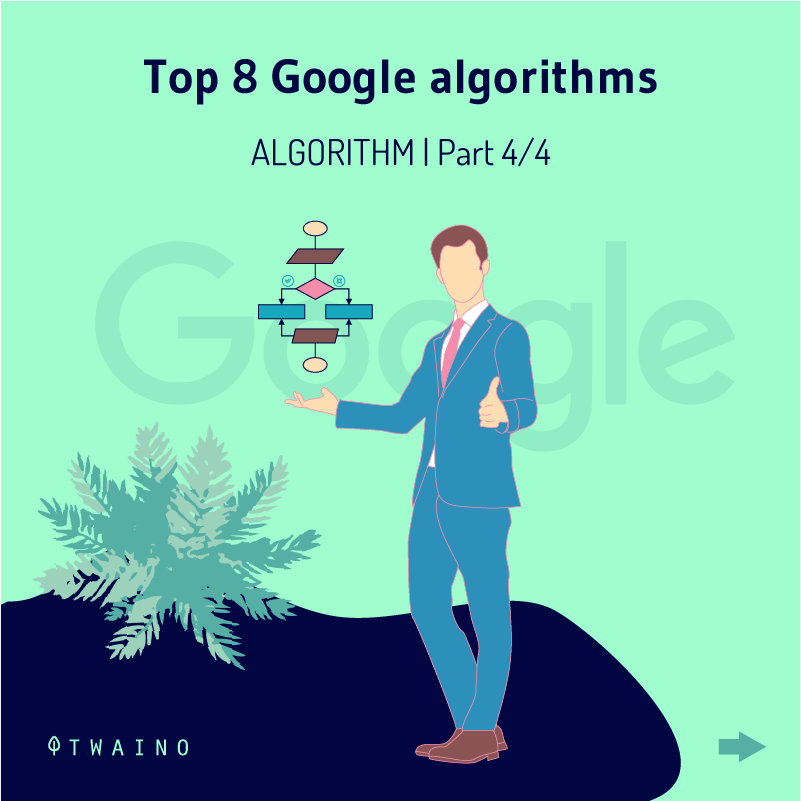
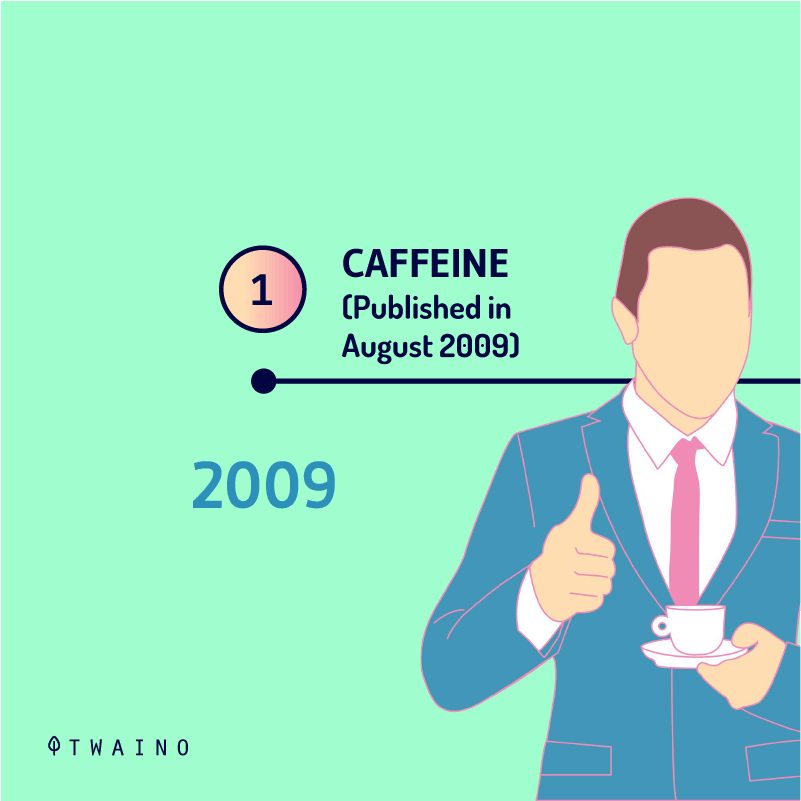
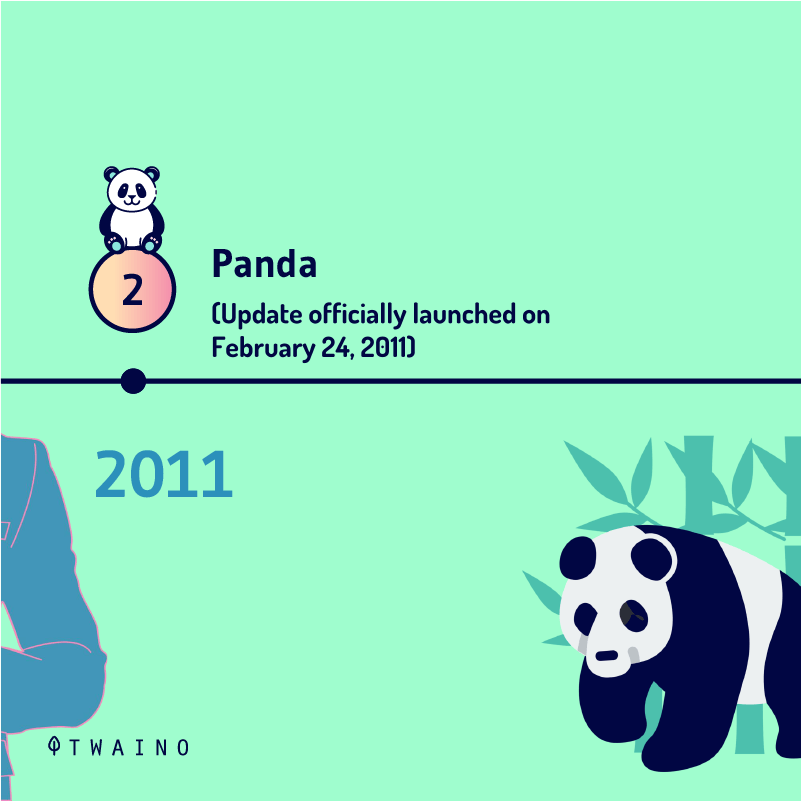
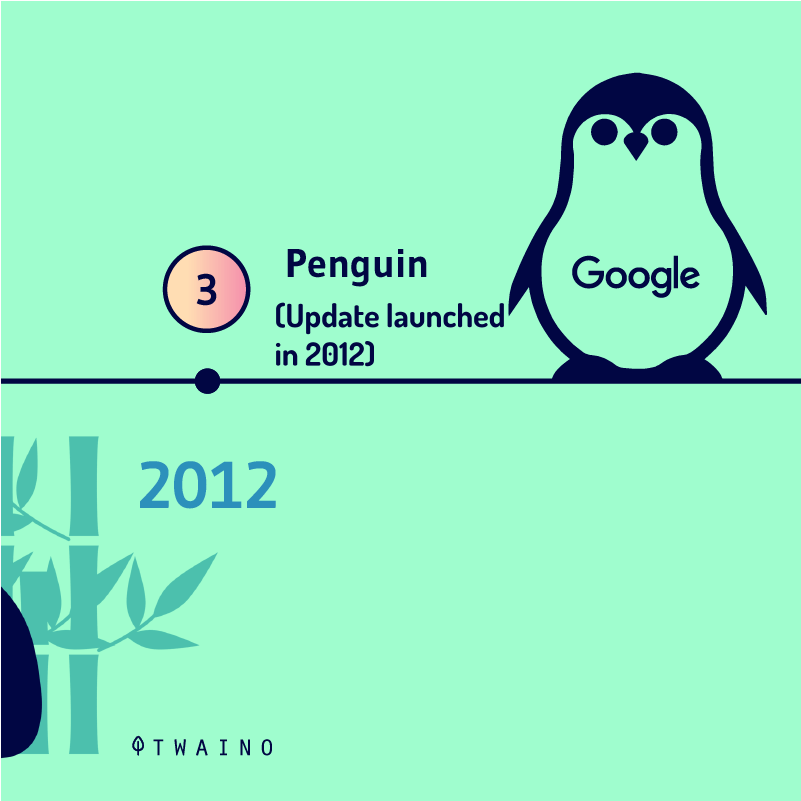
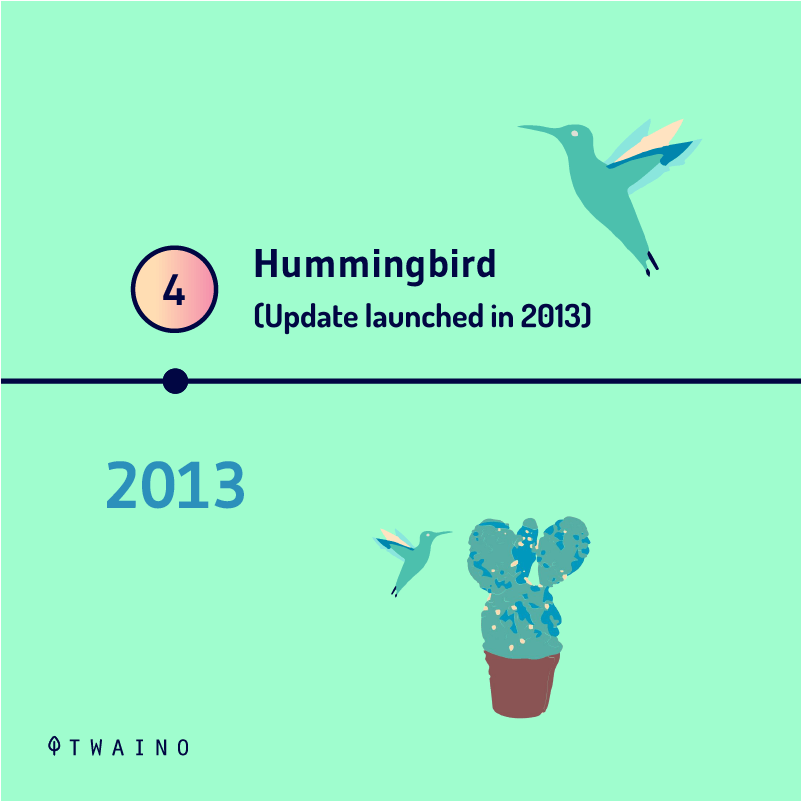
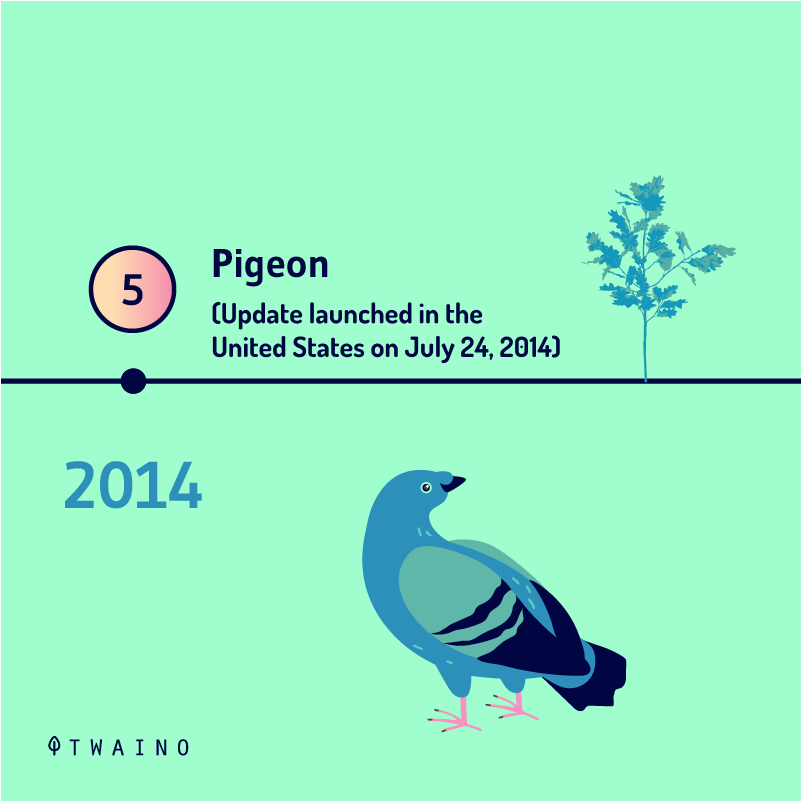
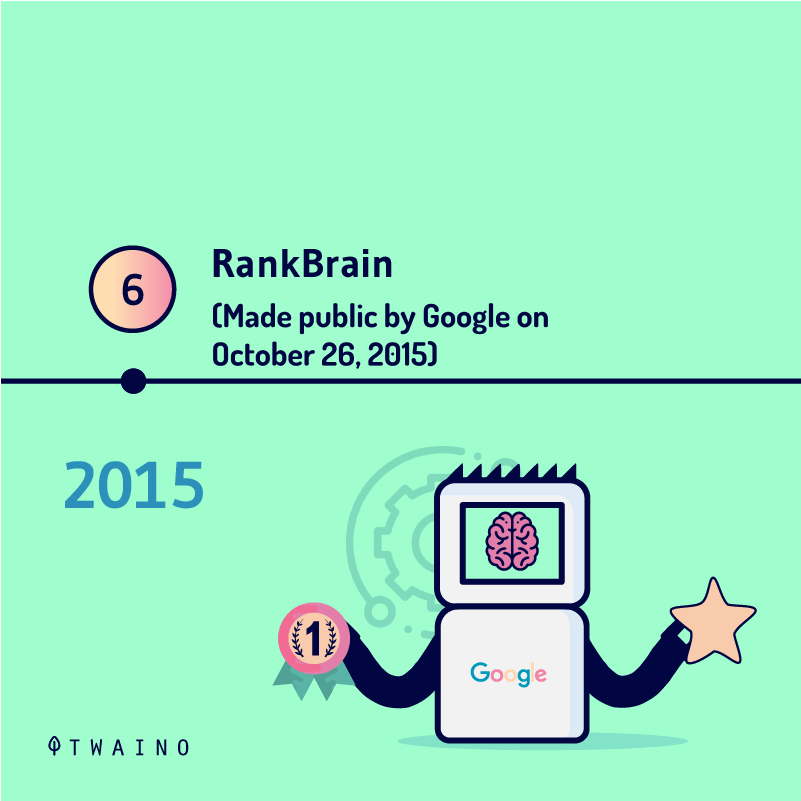
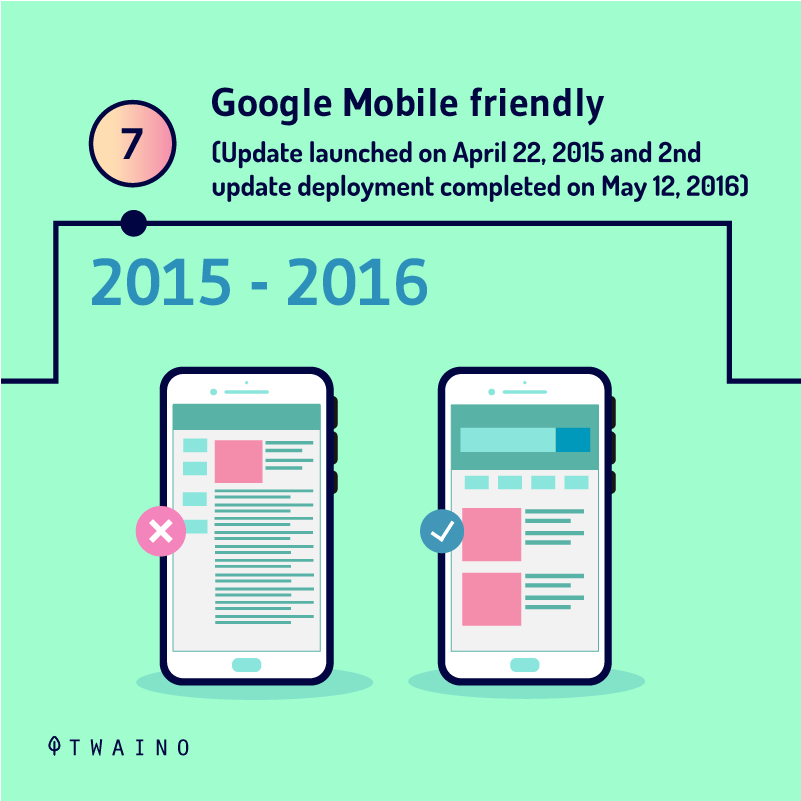


3.1. caffeine
Released in August 2009the caffeine update dedicates theexploration and the quasi-instantaneous indexing of web pages. It allows Google to propose more recent content
To better understand this update, we must look at the evolution of the Internet
Indeed, at the time of the conception of the initial indexing system of Google, there were few websites and only 188 million people who consulted the Internet
However, by 2009, there were 100 times more websites and nearly 1.8 billion people accessing the internet.
Apart from the evolution of the internet, there are also, the new changes brought about by the emergence of other forms of content such as
- Videos;
- Images;
- Other data.
This is why Google has introduced this update with the following implications
3.2. The Panda update
Released in 2011, the Panda update fights against
- Sites with poor quality content ;
- Sites that offer over-optimized content;
- Sites that automatically generate content;
- Content aggregators;
- Etc
3.3. Top Heavy
The Top Heavy algorithm was deployed in January 2012 to penalize sites that overload their waterline
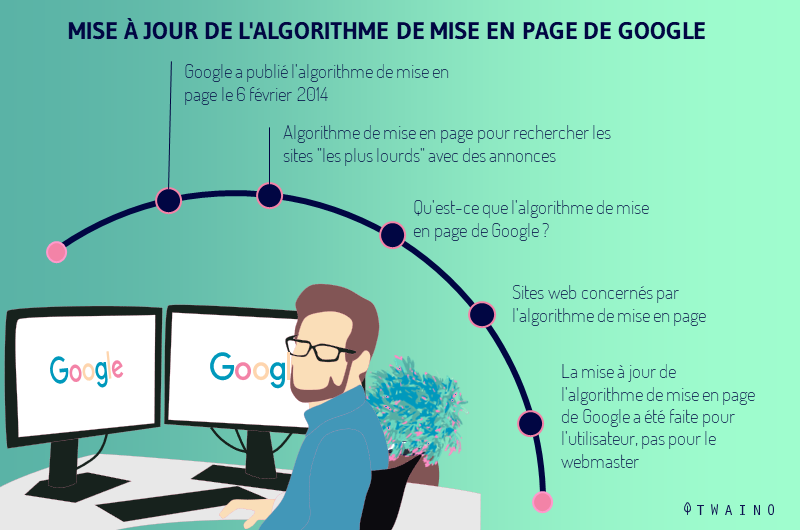
Note, however, that this is a minor update and has only impacted 1% of search results.
3.4. Penguin
Launched in 2012, the penguin update allows to sanction sites that adopt bad practices in terms of link acquisition or to deceive search engines
3.5. Hummingbird
Colibri or Hummingbird places more importance on understanding each word in a query
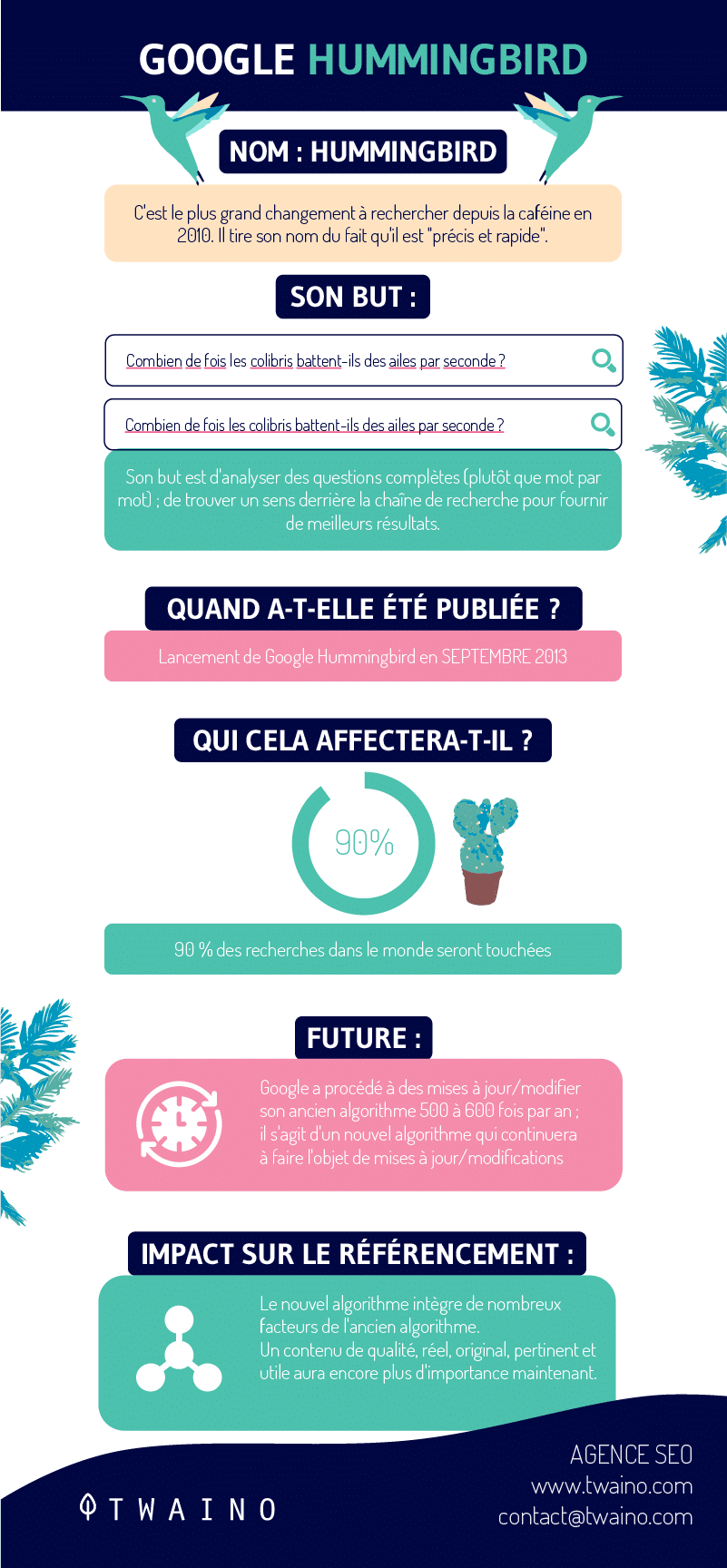
By launching this update in 2013, Google ensures that the entire search phrase and not individual words are taken into account
The ambition is to correctly understand the user’s query in order to display the most relevant answer rather than a simple list of results with terms from their query
Hummingbird also allows the search engine giant to lay the foundations for voice search, which is gradually becoming important. This is especially due to its integration with certain devices through tools such as
- Google Home;
- Alexa;
- Siri ;
- Etc
Anyway, it must be recognized that the Hummingbird update is not specifically intended to penalize sites for any bad practice
It did however emphasize
- The importance of having readable SEO copy;
- The use of natural language;
- The use of the semantic field for keywords rather than over-optimizing keywords.
3.6. Pigeon
Pigeon is the name of the Google algorithm change that focuses on local search. It was rolled out in 2014 and mainly affects results pages as well as Google Maps.
The goal was of course to make local results more relevant and of better quality
But also, it is about taking into account organic ranking factors

The Pigeon update resulted in a more accurate localization that gives the advantage of displaying in SERPs, sites or businesses that are near the user’s location.
3.7. The mobile friendly update
The SEO industry dubbed this Google update “Mobilegeddon” because they thought it would totally disrupt search results

In 2015, more than 50% of Google search queries search queries were already coming from mobile devices. This led this search engine to give ranking advantage to websites that are adapted to a mobile display
In addition, Google has designed a guide to help webmasters in general and beginners in particular to optimize their site for mobile
3.8. Google Quality or Phantom
The Google Quality or Phantom algorithm evaluates the quality of websites and penalizes those whose content is of no interest to Internet users as well as those whose purpose is just to display advertising

Although the algorithm was first deployed in 2013, it is worth remembering that it was in may 2015 that Google officially communicated about it
The name Phantom give to the algorithm comes from the fact that no official announcement was made by Google
Webmasters just noticed significant changes in the SERPs and were convinced that something had happened
Indeed, it appeared that sites with the following traits were losing traffic or regressing in the SERPs
- Poor quality content;
- Content created just to get clicks;
- A lot of ads on the pages;
- Sites with a lot of pages displaying “404 errors”.
It was only after a few weeks that Google confirmed that an update had been deployed and that it was of course about the quality of content on the Internet
3.9. RankBrain
In order to always display the best results to Internet users, RankBrain was developed
It is an artificial intelligence system that aims to help the Google search engine analyze and understand the complex queries it receives.
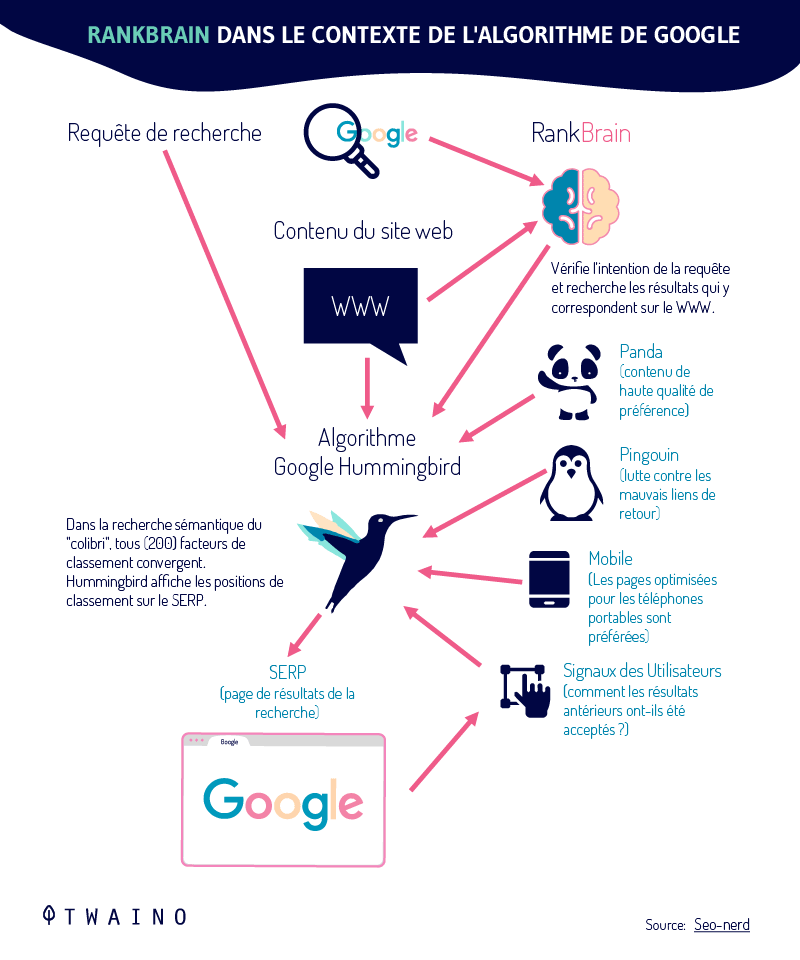
The algorithm RankBrain algorithm is based on machine learning and deep learning, both of which are machine learning technologies
Machine learning is an automatic learning system. It is at the heart of predictive analytics research. It allows to link a large amount of information and data with algorithms for a specific purpose.
Deep learning corresponds to the ability of the machine to learn not only by itself, but also in a deeper way. It also corresponds to the ability of the machine to recognize certain elements such as a voice or an image
These two technologies put together allow the search engine to establish connections between the queries of the Internet user and to build links between the words contained in the long queries

This allows Google, for example, to display pages that do not contain the words of the user’s query, but which answer the question asked
The launch of Rankbrain is an important step for the search engine, because now it can better decipher the meaning of searches and provide the best results
In march 2016google revealed that RankBrain was one of the three most important ranking signals
Unlike the other search results ranking criteria, you cannot optimize your site for RankBrain
Instead, it is recommended that you write quality content so that you can optimize your site for this criteria.
3.10. Possum
Launched in 2016, the Possum algorithm allows Google to further improve its local SEO strategy
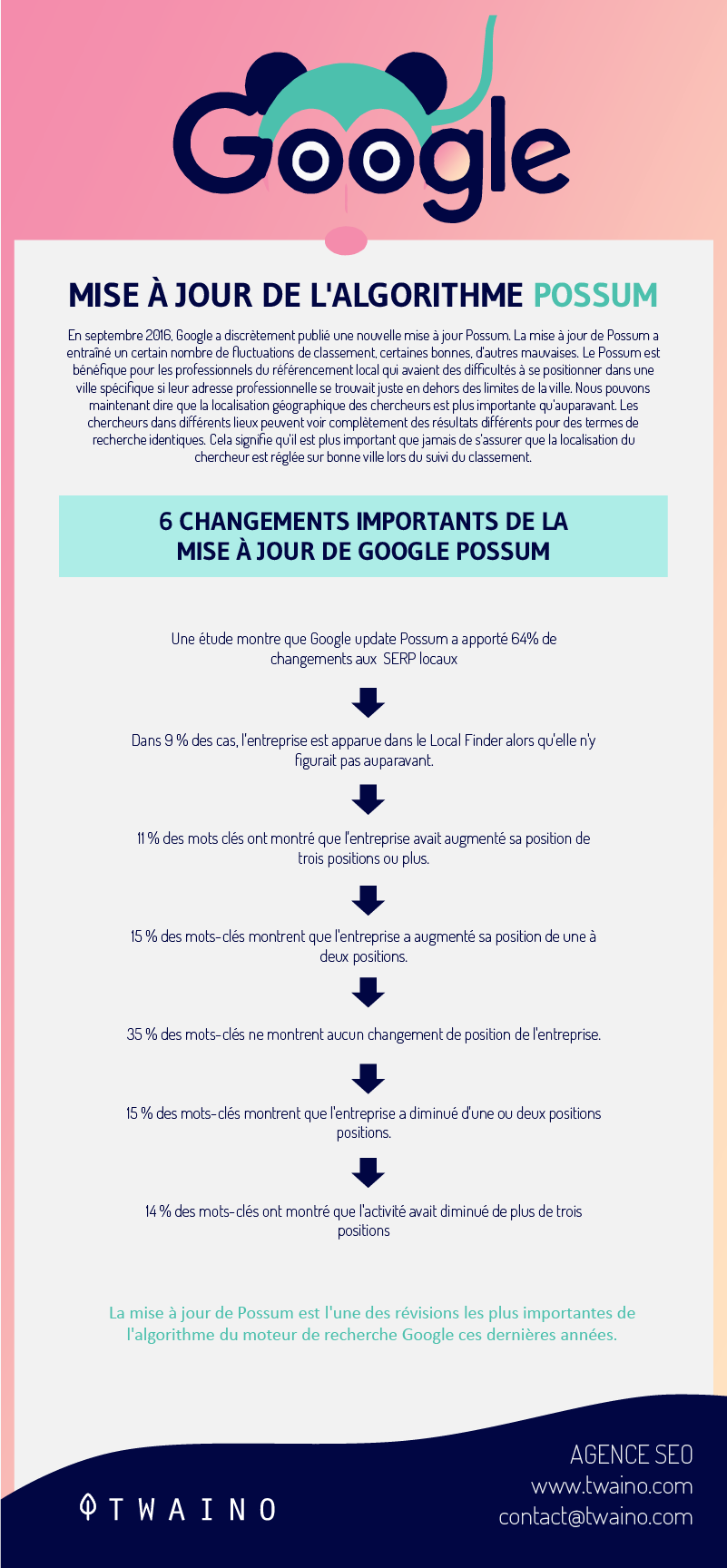
Several changes were made to the local ranking filter. In addition, this update enshrines the independence of local search from organic results
With the advent of the Possum update, local search results are displayed based on factors such as:
- The physical location of the user;
- The formulation of the query
- Etc.
We also note
- The display of a “3-pack” in the search results;
- The display of local results on the Google maps interface.
The impact of the Possum update on SEO is such that it has led to the need for companies to attach great importance to their local referencing
3.11. BERT
The BERT update has been announced as the biggest change Google has made in the last five years.
It is also a machine learning algorithm. It is based on a neural network that provides natural language processing (NLP). The name BERT is an abbreviation of : Bidirectional Encoder Representations from Transformers.

The BERT update gives the search engine the ability to understand the full context of a word from the words that come before and after it
In concrete terms, the algorithm uses the context and relationships of all the words in a sentence
As you can imagine, this update is a great improvement in the interpretation of search terms and the intent behind it.
Chapter 4: Google Algorithm FAQs
4.1. What is an algorithm in computer science?
In mathematics or computer science, an algorithm is considered to be a finite sequence of well-defined instructions (which can be implemented in a computer), whose purpose is to solve a given set of problems or perform calculations
The defined instructions are clear and are specified to perform not only calculations, but also data processing, automatic automatic reasoning and other tasks.
4.3. What makes an algorithm different from a computer program?
There is usually not much difference between the two. A computer program is a set of instructions that the computer executes to answer the problems it is given
An algorithm, on the other hand, is a set of well-ordered operations, i.e. a chain of precise instructions that must be followed and executed in a certain order
4.4. Why is this word always associated with computer science, in particular with computers?
It’s simple, because algorithms are primarily a set of methods used by computers to solve problems.
4.5. How does Google’s algorithm work?
Google’s algorithm does all the hard work for the user by searching for web pages that contain the keywords used in the search and then assigning a ranking to each page based on various factors, including the number of times the keyword appears on the page.
4.6. How exactly does Google manage to find relevant results for each query as quickly as possible?
The lungs of Google’s search technology technology is PigeonRank. PigeonRank is a web page ranking system developed by Google’s founders Larry Page and Sergey Brin.
Based on the revolutionary work of BF Skinnerpage and Brin found that low-cost clusters of pigeons (PCs) can calculate the relative value of web pages faster than human editors or machine-based algorithms
In summary
Google’s algorithms can be seen as the way the search engine works to display relevant search results
They are numerous and evolving. They penalize or favor sites depending on whether or not these sites respect the quality guidelines set by Google
So make sure you stay informed about aware of their evolution and respect the implications they bring in order to increase the performance of your site in the search results
In this article, I have discussed not only what an algorithm is, but also how it plays a role in Google search
You will also discover a non-exhaustive list of Google’s main algorithms.
I hope this content has helped you in your research and feel free to leave your questions in comments, if you have any

